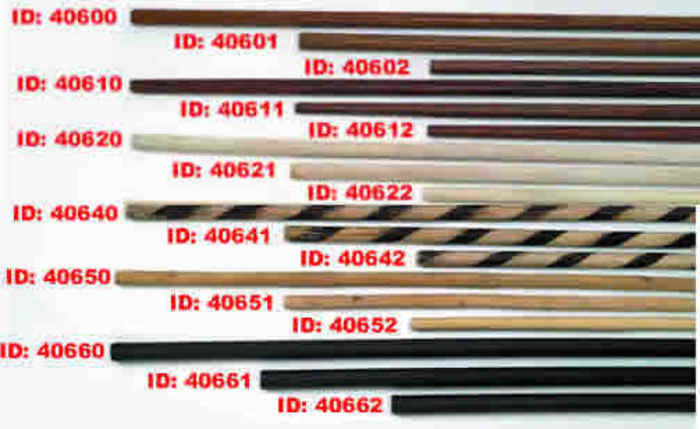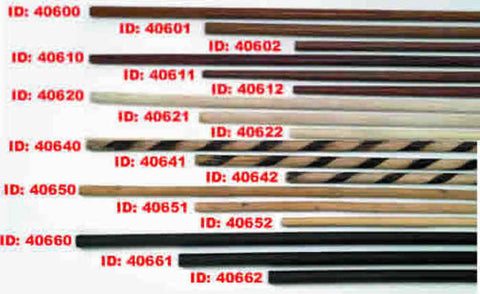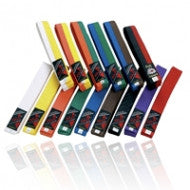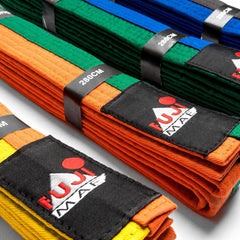40641 Bo Made Of Rattan Engraved Wood 154 Cm
Fuji Mae NZ
$52.00
bō or kon (Chinese term), is a long staff weapon used in Okinawa and feudal Japan. Bō are typically around 1.8 m (5.9 ft) long and are now used in Japanese martial arts , in particular bōjutsu .
Related staff weapons are the jo which is 1.212 m (47.7 in) long and the hanbo (half bō) which is 60.6 cm (23.9 in) long
The bō is usually made with hard wood, such as red or white oak, although bamboo has been used. The bō may be tapered in that it can be thicker in the center ( chukon-bu ) than at the ends ( kontei ) and usually round or circular (maru-bo). Older bō were round (maru-bo), square (kaku-bo), hexagon (rokkaku-bo) or octagon (hakkaku-bo).
The average size of a bō is 6 shaku (around 6 ft (1.8 m)) but they can be a long as 9 ft (2.7 m) (kyu-shaku-bō) .
A 6 ft (1.8 m) bō is sometimes called a rokushakubō . This name derives from the Japanese words roku, meaning "six"; shaku ; and bō. Shaku is a Japanese measurement equivalent to 30.3 centimeters (0.994 ft). Thus, rokushakubō refers to a staff about 6-shaku (1.82 m; 5.96 feet) long.
The bō is typically 3 cm (1.25 inch) thick, sometimes gradually tapering from the middle (chukon-bu) to 2 cm (0.75 inch)at the end (kontei). This thickness allows the user to make a tight fist around it in order to block and counter an attack.
In some cases for training purposes or for a different style , rattan was used. Some were inlaid or banded with strips of iron or other metals for extra strength.
Bō range from heavy to light, from rigid to highly flexible, and from simple pieces of wood picked up from the side of the road to ornately decorated works of art.











STAY IN TOUCH